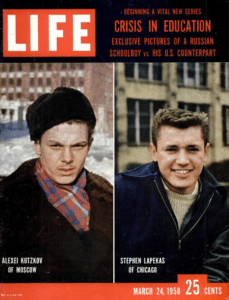On January 22, 1842, famed British author Charles Dickens, whose stories of life in Victorian England continue to capture the imagination of readers worldwide, arrived in Boston, Massachusetts. He was greeted like a celebrity, as he would be again on a return visit in 1867. Today, students still read Dickens’ tales for insight not only into literature, but also the history of England and the Industrial Revolution.
Editor’s note: Random-Access Memories is a periodic series highlighting the ways in which major historical events have influenced and can be explored through ed tech. Got an idea for a future edition of R-AM? Drop us a line.
As the world continues to move toward a new industrial revolution, it’s worthwhile to consider the first. There may be no better way to understand the commercial and technological changes of the 19th century— and the potential changes of the 21st — than to look to the life and times of a certain author whose name is well known to students across the U.S. and around the world.
Charles Dickens, author of such required reading as Great Expectations and A Tale of Two Cities, and classics such as A Christmas Carol and Oliver Twist, arrived in America on January 22, 1842. He disembarked the steamship Brittania in Boston, itself a bustling, industrializing port, to great fanfare, at least to those who knew of his visit.
On the anniversary of his arrival, we’ve collected a number of digital resources to help educators and students explore Dickens’ life and works, and the lessons we can take from his writing, and his experiences. Dickens, whose writing helped create the image of Victorian England, can offer insight into both his time and ours.
The Best of Times
To this day, Dickens remains remarkably popular. Look no further than Dickensian, a 2015 BBC series that mashes up many of the author’s most beloved characters in one shared story. Unlike some enduring artists, Dickens was also quite famous in his own time, with ten percent of literate Britons reading his work when it was new, often aloud to others. Upon his arrival in Boston, famed American poet Ralph Waldo Emerson was struck by his energy and workmanlike pace.
[Dickens possess] too much talent for his genius; it is a fearful locomotive to which he is bound and can never be free from it nor set to rest. . . . He daunts me! I have not the key.
Ralph Waldo Emerson. Source: http://www.victorianweb.org/authors/dickens/dickensbio4.html
On this first visit (he would return in 1867, as we’ll see shortly), Dickens took a shine to Boston. While the beloved young literary lion tried to keep his visit relatively quiet — a private tour of New England, then other regions of the young U.S., was the idea — he was feted by the luminaries of Massachusetts society, all of whom were eager to meet the immensely popular writer, arguably the “world’s first true modern celebrity.”
Among those eager young men of the professional classes who received him in Boston were Harvard Professor Cornelius Felton, anti-slavery activist and Anglophile Richard Henry Dana (author of the 1840 best-seller Ten Years Before the Mast), William Prescott, Daniel Webster, Harvard Professor Henry Wadsworth Longfellow, Dr. Oliver Wendell Holmes, and Dickens’s near contemporary, prominent lawyer Charles Sumner, who became the Dickenses’ host in the mad round of Beacon Hill drawing room receptions.
Source: http://www.victorianweb.org/authors/dickens/boston.html
But while the bright young author was much liked on the shores of America, his purpose, to fight for international copyright protections, was an unpopular one in the U.S., where his books were being pirated. What Dickens got out of the trip, however, beyond raising his literary star, was the basis of a new book.
The Worst of Times
In October 1842, after his tour from Boston out across the U.S., Dickens published American Notes, a travelogue and foreigner’s view of America, a text not unlike French diplomat Alexis de Tocqueville’s Democracy in America, which was published seven years prior.
The book caused a scandal. While Dickens had been charmed by Boston, a city that looked to him like a picturesque theater set, his recoiled at the injustices he saw in America, just as he wrote of the plight of the poor and dispossessed in England.
While American Notes was a multifaceted work, Dickens exposure to cruel conditions in factories of the North and plantations of the South led him to note in his personal correspondence that “[America] is not the republic I came to see; this is not the republic of my imagination.”
In American Notes … he wrote scathingly about the institution of slavery, citing newspaper accounts of runaway slaves horribly disfigured by their cruel masters. From Richmond Dickens returned to Washington and started a trek westward to St. Louis. Traveling by riverboat and stagecoach the Dickens entourage … endured quite an adventure. Gaining anonymity and more personal freedom the further west they went, Dickens’ power of observation provides a very entertaining and enlightening view of early America.
Source: https://www.charlesdickenspage.com/charles-dickens-in-america.html
Dickens’ following book, Martin Chuzzlewit, continued the criticisms of America’s young republic, one teetering toward a civil war. While both books proved unpopular in the U.S., Dickens’ remarkable output and enjoyable style meant his popularity rose again in the coming years.
In 1867, after the Civil War, Dickens returned to the States, this time on a wildly popular public reading tour. By the end of the Civil War, Americans were again ready to welcome the wordsmith of London.
What the Dickens!
Explore primary sources, quotes, reflections, images, and audio/video for understanding Dickens with these digital resources.
- Dickens in Lowell: The University of Massachusetts Lowell shares a virtual exhibit all about the then-young literary star’s visit.
- Charles Dickens’ Travels in America: From the aptly named The Charles Dickens Page, this site includes extensive descriptions of Dickens’ experience in the the States.
- Charles Dickens at the Parker House: This site from historical walking tour company Walking Boston includes images, clips, audio and video, and transcriptions you can use to help you imagine Dickens’ Boston visit.
- Charles Dickens Wasn’t Impressed By America—But He Loved Boston: Explore the author’s exploits in Boston with this piece (audio available) from Boston’s public radio broadcaster.
- Charles Dickens (‘Boz’) in Boston, January 1842: This piece from Professor Philip V. Allingham includes many quotes and much background on Dickens’ first visit to America.
- Charles Dickens Brings ‘A Christmas Carol’ — and Christmas — to Boston: The New England Historical Society provides more insight into Dickens’ visits, framed around his classic holiday tale.
- Charles Dickens Begins Second American Tour: Learn about Dickens’ second visit to America in this piece from Mass Moments.
- Charles Dickens: Six things he gave the modern world: Like Shakespeare, Dickens gave us many literary ideas, phrases, and more. Here’s how he continues to influence the world, from the BBC.
- Charles Dickens: Impact on Medicine and Society: This piece explores how Dickens’ writings have influenced our understanding of science and medicine.
- Dickens’s Popularity: The Victorian Web examines Dickens’ contemporary and modern popularity.
- 11 words coined by Charles Dickens: The Week defines terms invented by Dickens that stick with us today.

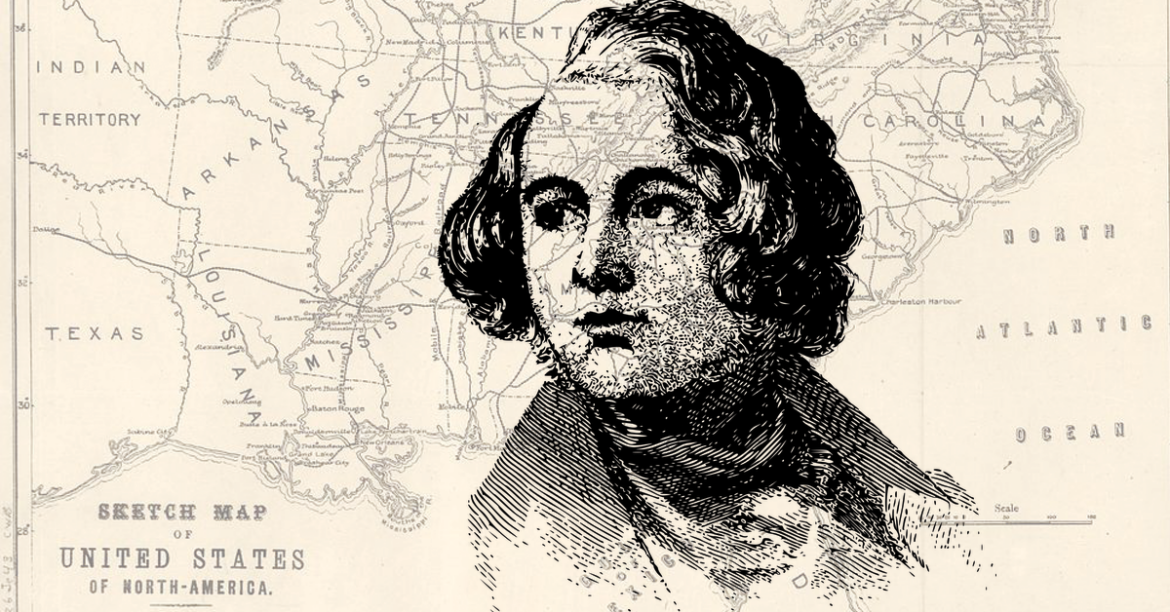
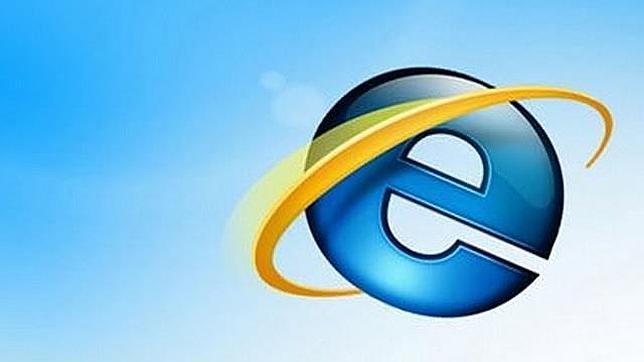
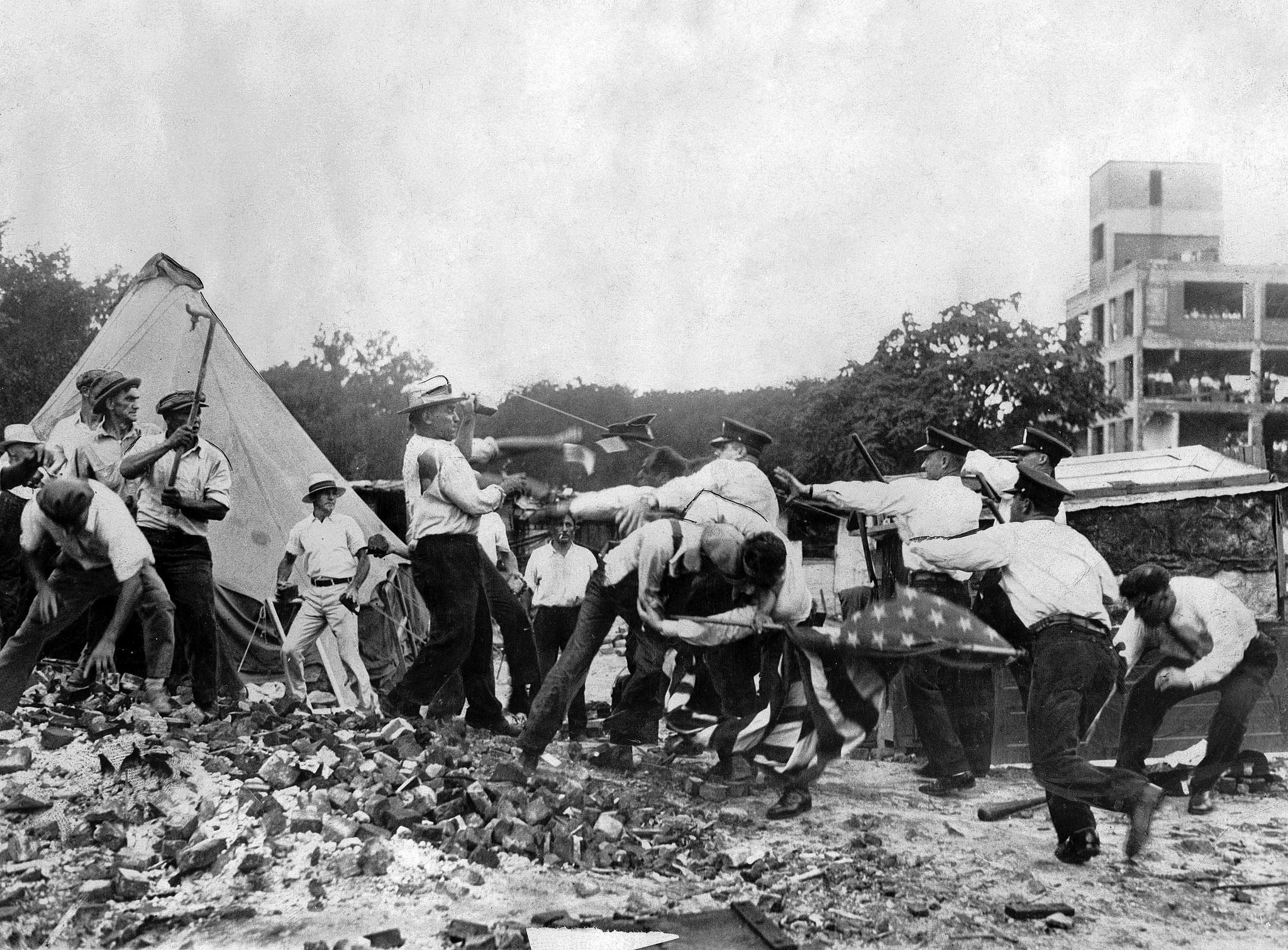
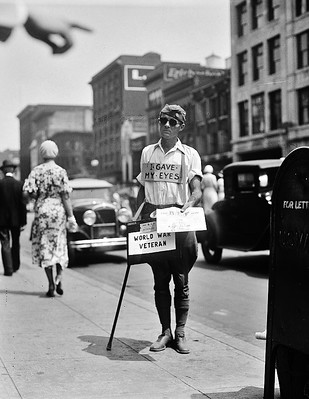
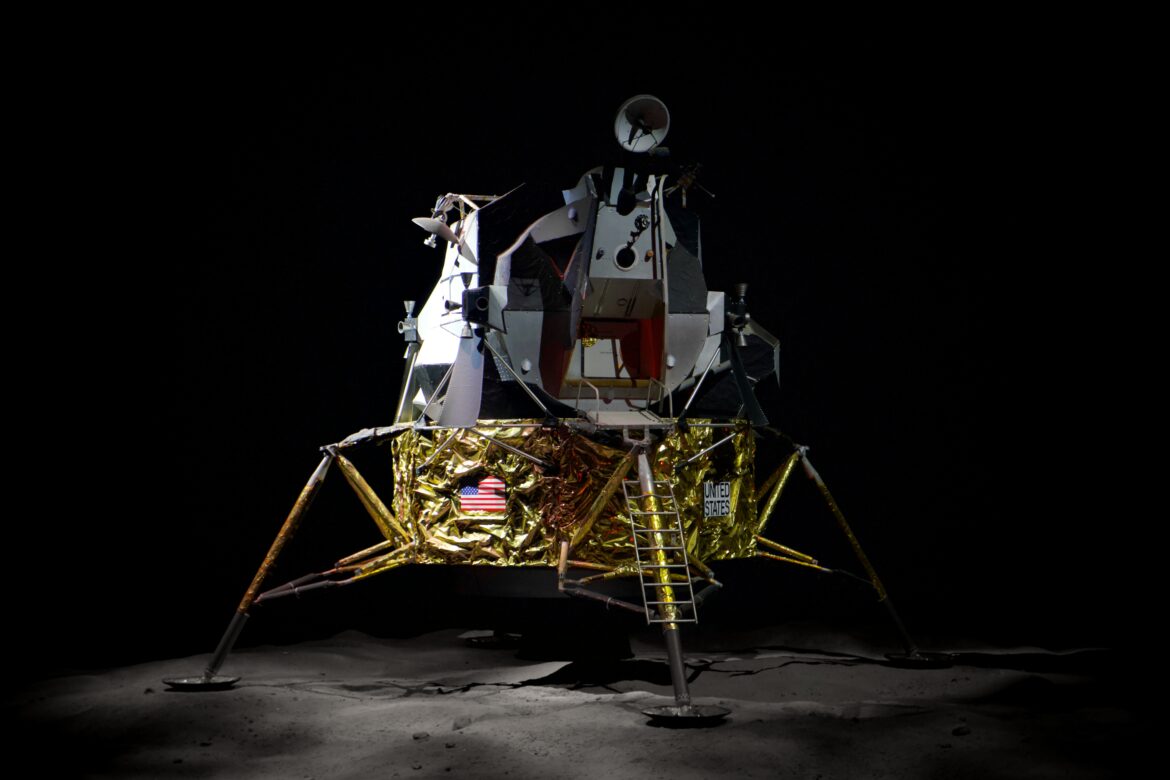
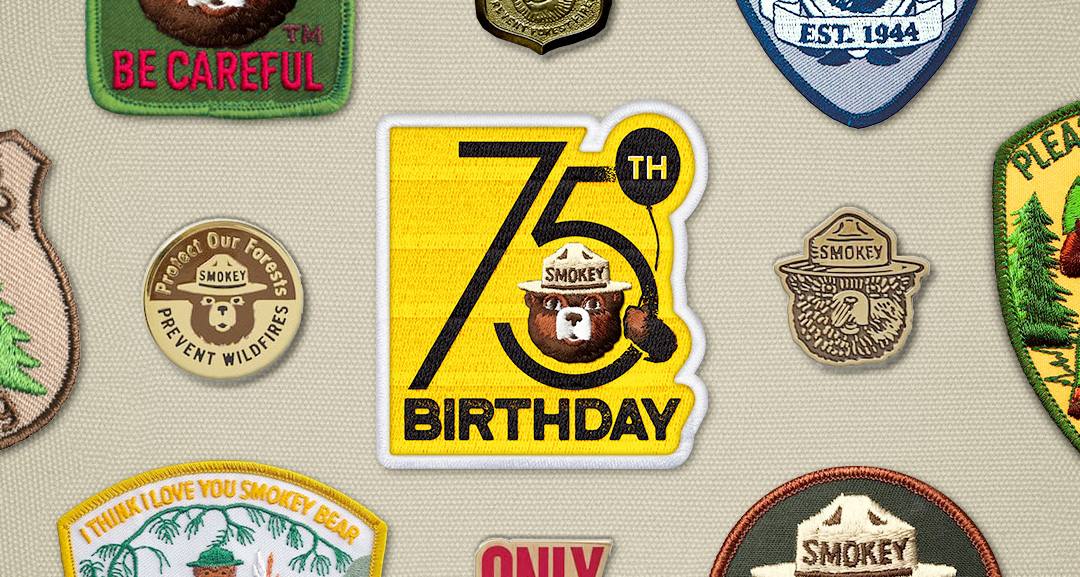
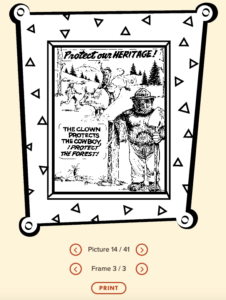
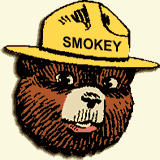 videos, all of which you can use in your classroom. The trove of resources is organized into pages for
videos, all of which you can use in your classroom. The trove of resources is organized into pages for 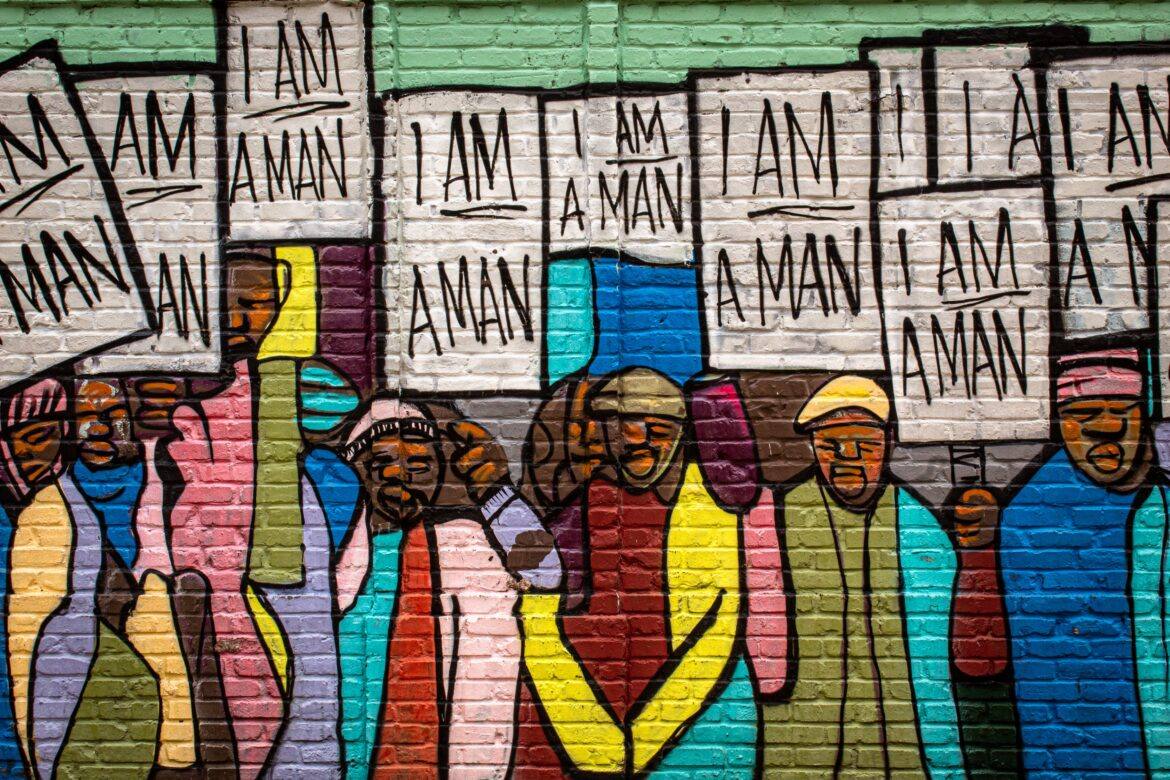
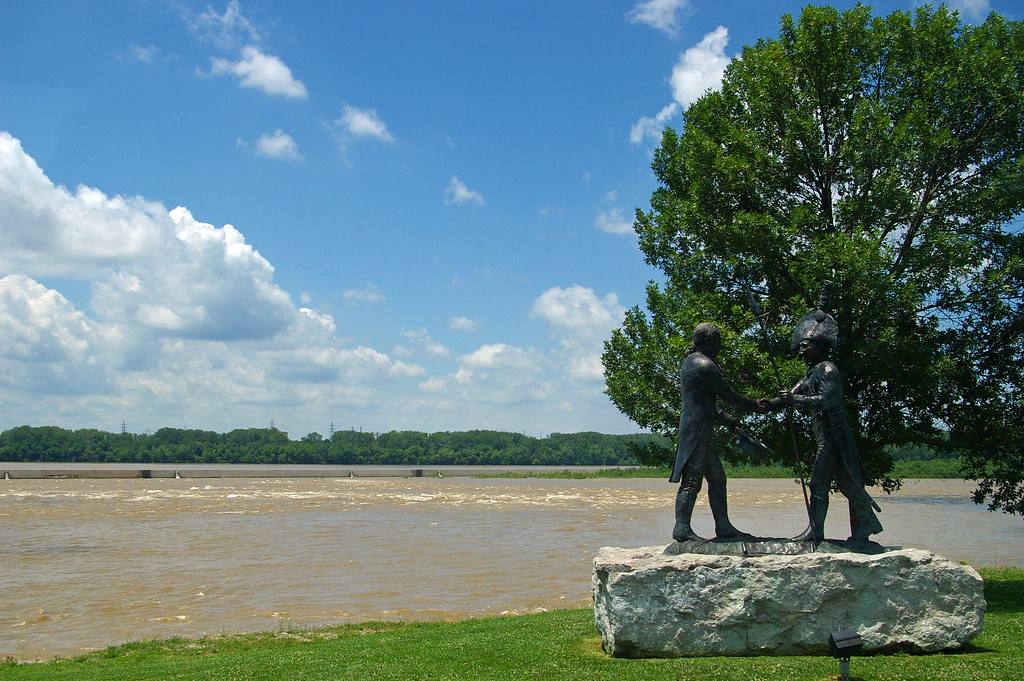
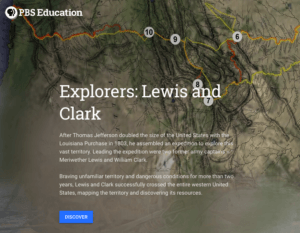 While the historical importance of the group was well-known by the early 20th century, recent ed tech innovations allow educators of all types to lead their students down the trail forged by the legendary group. Along the way, the duo’s cultural, scientific, and cartographic observations are still of use to all kinds of educators today.
While the historical importance of the group was well-known by the early 20th century, recent ed tech innovations allow educators of all types to lead their students down the trail forged by the legendary group. Along the way, the duo’s cultural, scientific, and cartographic observations are still of use to all kinds of educators today.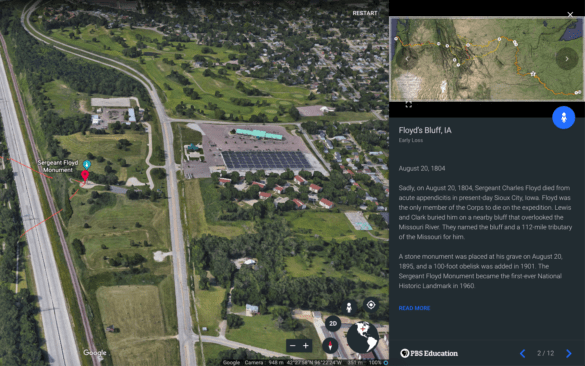
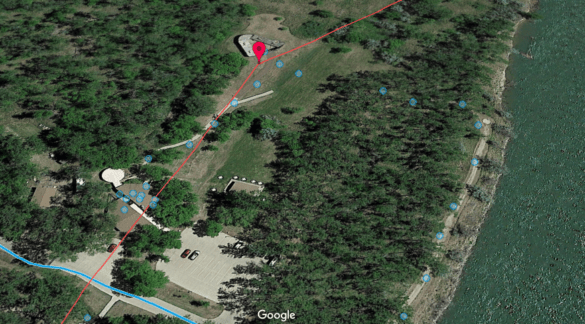
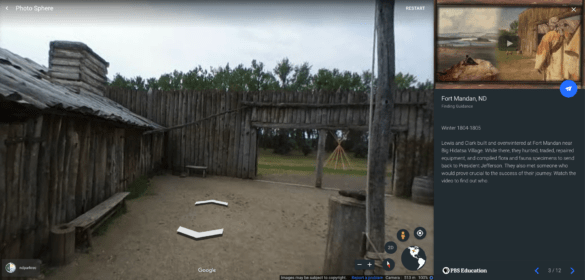
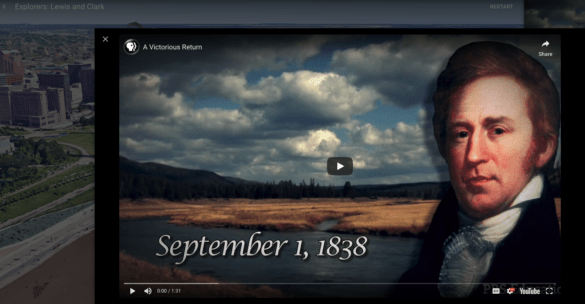
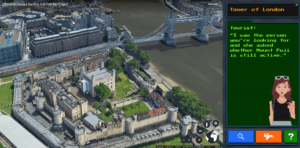 Google’s Voyager application isn’t limited to historical routes. Here are a few other interactive Google Earth maps you might be interested in.
Google’s Voyager application isn’t limited to historical routes. Here are a few other interactive Google Earth maps you might be interested in.

